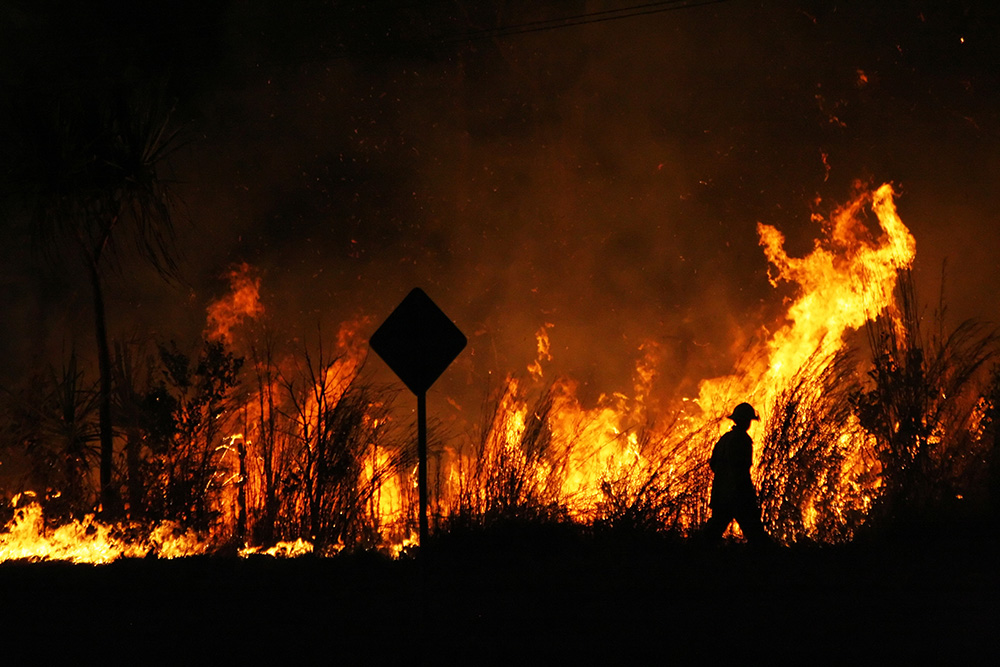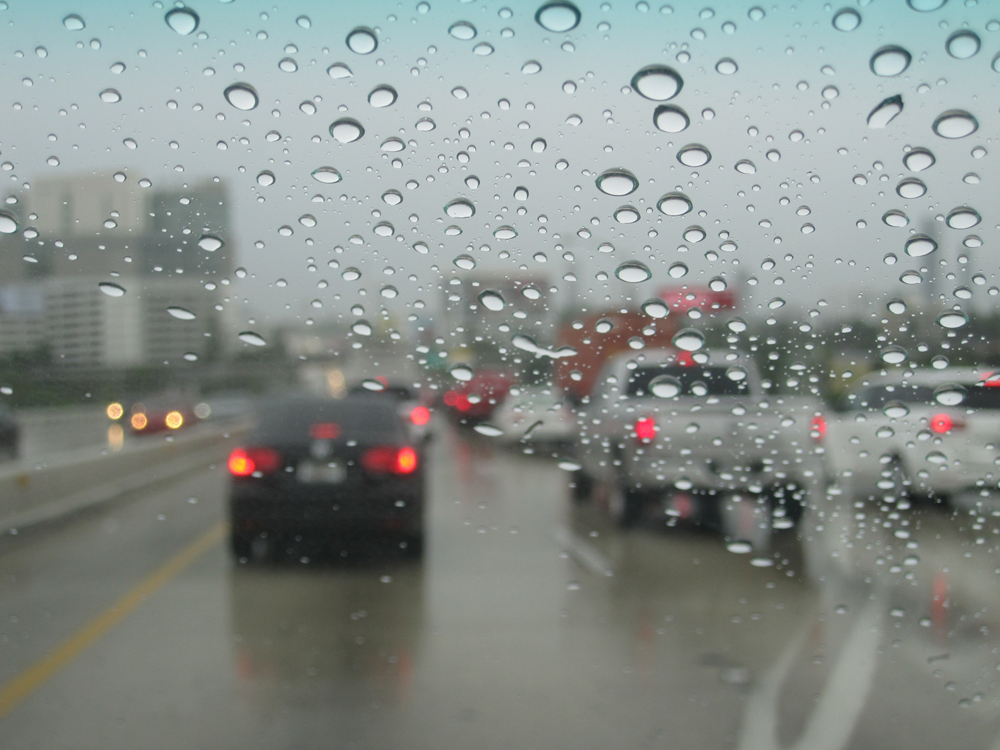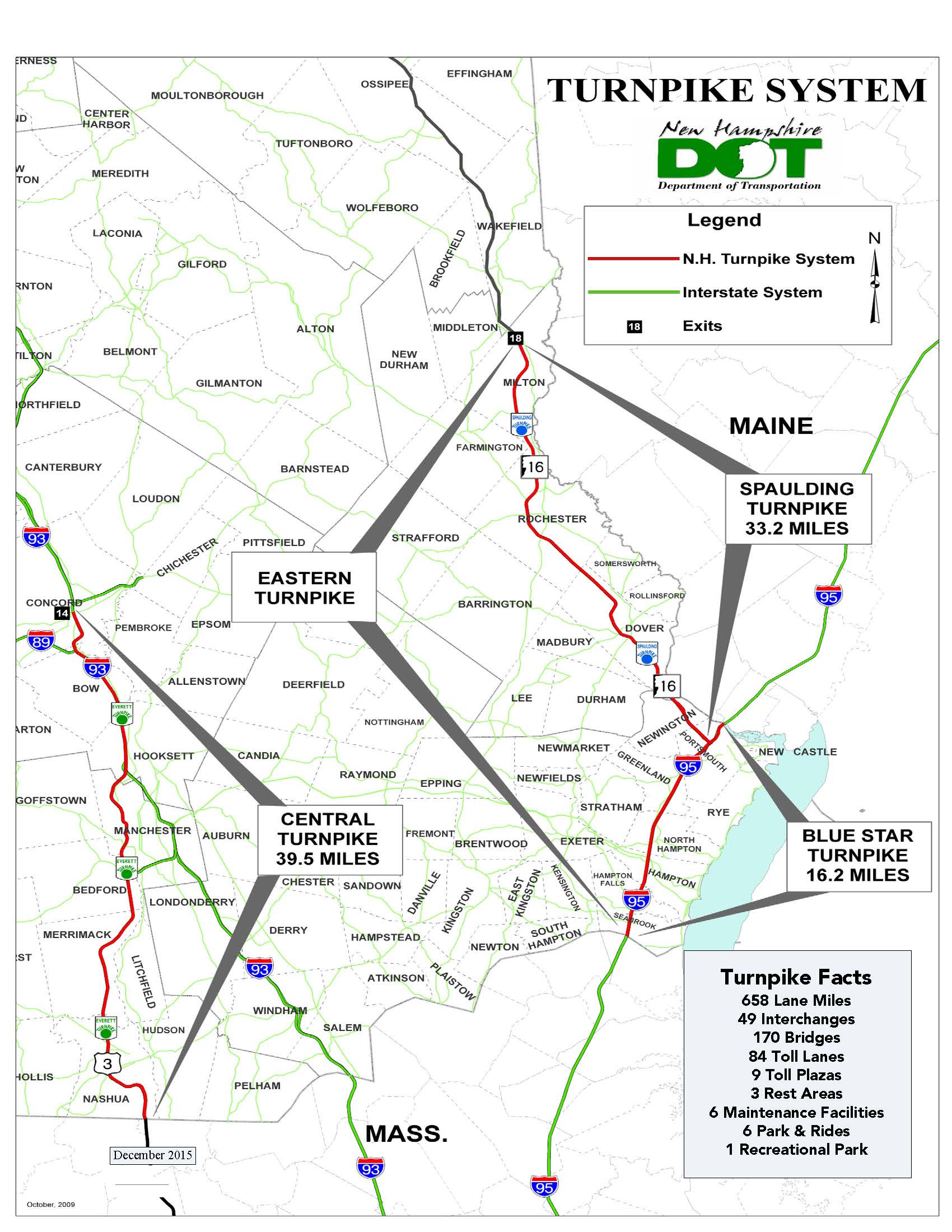Weather-related problems can render cost-cutting counter productive, according to CommScope’s Philip Sorrells. When severe weather conditions make headlines every winter, motorists and travellers seem willing to accept the impact on the trains and roads and yet take for granted that the communications networks will continue uninterrupted. They often appear far more upset that the information system does not give them an update on road conditions, train services or bus arrival times than they are about the a

Philip Sorrells from CommScope
Weather-related problems can render cost-cutting counter productive, according to
For wireless networks to achieve maximum resilience, each section must perform to its design standard. To achieve this over an extended time period, every RF component and interconnection along the RF path must be properly installed, verified and maintained to ensure optimum performance. The old adage of ‘buy cheap, buy twice’ holds true here. If operators pursue the false economy of reducing capital expenditure on new infrastructure by purchasing lower quality products, this is likely to lead to more rapid weather-related degradation. It may not be possible to protect wireless infrastructures against tornados, hurricanes and floods, but is vitally important to ensure they are proofed against day-to-day weather if 24/7 operation is to be guaranteed. Antennas and other sensitive equipment mounted at base station sites have to tolerate constant exposure to wind, rain, sleet, snow and (allegedly) even the sun.
It is testament to the quality and reliability of most RF equipment that typically only the worst weather conditions cause the severe damage and long power outages that result in downtime across large swathes of telecommunications networks. However, less dramatic but cumulatively significant weather conditions can also lead to cell site failure or serious network disruptions.
Keeping water out of antennas and the entire RF path is critical to keeping wireless communication networks viable. Depending on the site the RF path can have many different architectures and equipment types and water ingress in connection points between cables and other equipment is an ever-present danger. High winds can drive rain and sleet into sensitive RF equipment, causing signal distortion and poor network performance. Cable connectors need to be designed and installed to make secure, waterproof attachments. Adding butyl tape or cling film provides another layer of protection against the elements and also helps to secure the connections.
Any water ingress into transmission lines and connectors can interfere with RF signals and also cause mechanical problems. Water will cause antenna mounts to rust and wither, leading to poorly aligned equipment or even to antennas falling off towers.
Protecting the baseband equipment is a vital element to the viability of a cell site in the midst of severe weather. While environmentally secure cabinets help shield radios and other sensitive electronic equipment at the site from severe weather conditions, failing to invest in creating a plinth can leave the whole cabinet vulnerable to flooding.
For financial and practical reasons masts holding telecommunications equipment in rural areas are often daisy-chained together using a microwave link rather than being connected directly to the network by cables. The practice is perfectly sound but the microwave links operate on a much higher frequency making them more susceptible to interference from heavy rain. In turn this can affect the accuracy of cell site analysis techniques used to identify networking issues.
Long-term issues
Unlike dramatic weather events that cause immediate damage to communications networks, long-term exposure to the elements is far more insidious. Slow weather-related degradation, be it water ingress, rust or wind affected antennas, can cause long-term degradation of communications networks without a sudden point of failure. A prime example is Passive Intermodulation (PIM).The mechanics of PIM involves the production of unwanted signal frequency components in the passive, non-linear devices commonly found in and around base stations. These extraneous signals can cause interference to transmission or reception frequencies on the same or an adjacent site. PIM is usually the result of two (or more) high power tones mixing at device non-linearities such as junctions of dissimilar metals, corrosion or rust and even loose connectors.
PIM can severely hamper the data services critical to roadside traffic management operations and traveller information systems as these are more sensitive to interference than the spoken word. For example, a 9dB increase in PIM can reduce the area of high speed coverage by more than 60%.
There are some practical considerations to take into account in any small cell deployment exposed to weather-related degradation - one of the most important is how to achieve maximum data throughput. Considerations centre on improving and maintaining the signal level while reducing noise and interference so that all data packets can be successfully received.
Head Devil is in the Detail
Careful and detailed network design and planning is essential to ensure optimal, long-term performance in all weather conditions. Poorly designed (or maintained) wireless networks can suffer significant problems when everyday weather starts to have an impact. For example, every tower or rooftop mount is designed and rated for a specific weight and wind tolerance of the original equipment. But throughout its life additional equipment is often added and if the mast is not modified to carry the additional load (or other equipment removed) it will face an increased likelihood of problems over the long-term.Weather-related problems are not limited to the winter and system operators must take account of all foreseeable weather conditions – including somewhat illusive sunshine. Designers must ensure that all necessary cooling systems are installed to dissipate heat from the electronics within base stations cope throughout the summer months if the equipment is to function correctly.
Of course no cell site is immune to failure as a natural disaster can knock down a whole tower or demolish a building carrying antennas or housing the electronics. But it is clear that good design and correct installation makes a site more resilient to high winds, driving rain, heavy snow and extreme cold. While operators may seek to minimise the cost of new installations, reducing capital expenditure by purchasing lower quality products or lighter duty cell structures may result in more rapid weather-related degradation.
The support and mounting of equipment plays a crucial role in keeping antenna and other RF path equipment in proper alignment. Even small movements due to winds and other climate factors can significantly reduce network performance, if not entirely break a communications link. Good structural supports with proper mounts and equipment installation help preserve alignments.
That’s not to say that planners and designers pay no heed to weather conditions – it is evident that they do because radio towers are always built with lightning conductors and antennas are insulated from the metallic tower structure. Radio equipment rooms tend to be sealed and mounted on small platforms to avoid any flooding. As for snow – the antennas are vertical and as they transmit energy, there is also a very slight warming effect.
The challenge is to take that further to source long-term robust and problem-free solutions rather than selecting on price alone. Payback will come later on as operators do not have to spend money solving performance problems caused by weather-related degradation. The best network equipment will have been subjected to a battery of tests including exposure to high and low temperatures, humidity, vibration, salt fog corrosion, driven rain and high winds. Vendors should be able to show electrical performance before and after these tests to prove weather conditions do not cause degradation.
For instance antennas should be rated to withstand winds of at least 250km/h (155mph) which is equivalent to the highest sustained wind speeds in Category 4 hurricanes. Not only that, the antenna should be mounted and tilted as operators would install them and then tested with simulated wind load forces applied to the front, side and back surfaces.
Historically, ambiguities in specifications resulting from a lack of standards have made it difficult for RF engineers and supply chain managers to fully compare antenna performance. To combat these difficulties, the Next Generation Mobile Network Alliance (which looks after the interests of mobile phone operators) has recently published the first comprehensive, global set of guidelines and principles. These focus on base station antenna standards and are supported by major manufacturers and leading mobile operators. With such standards coming into place, in future operators will have much clearer guidance on how to prepare their networks to weather the elements.
But while standards are being developed and operators do their best to keep networks afloat, the public remains blissfully unaware of the work that goes into ensuring telecommunications networks are weather resilient.
• Philip Sorrells is vice president - strategic marketing for CommScope











